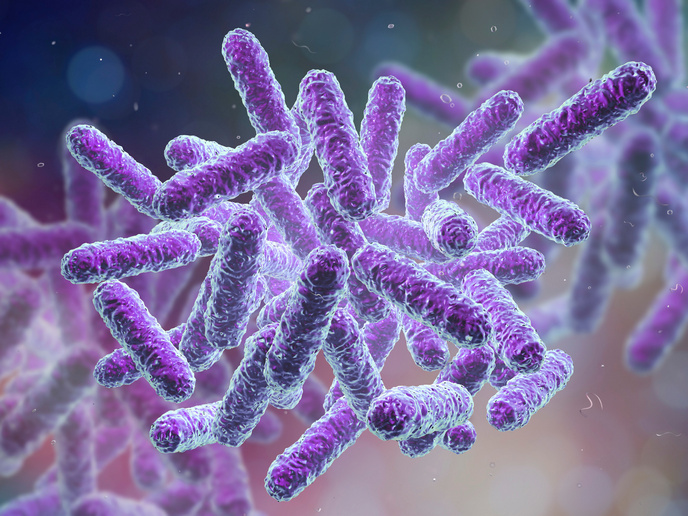Genetics in the American melting pot
Anthropologists generally agree that the genes of Amerindian populations are of Asian origin. What is still in hot dispute however, is how many migrations took place. Based on craniofacial discontinuity, there would appear to be two independent waves – one from southeast Asia giving rise to the Paleoamericans, whereas all modern Amerindian groups derive from a second wave of migration originating in northeast Asia. The 'Tracking the genetic origins of the first Americans' (TGOFA) project genetically profiled the DNA from skeletal material of the Pericues in Baja California and the Fuegans in Chilean and Argentinian Patagonia using shotgun sequencing. Ancient tribes from as long ago as 11 to 15 000 years, the Pericues and the Fuegans could be the first inhabitants of the Americas. The aim was to test if there was indeed only one source of the migrations and that the Pericues and the Fuegans have an Amerindian genetic composition. Preliminary results on nuclear and mitochondrial DNA indicate that there was only one source of migration. To absolutely rule out the possibility, the researchers are sequencing the complete genome of the Anzick people, a prehistoric Native American culture, radiocarbon dated to 11 000 years ago. Final results are not expected to overturn the initial conclusions. It is expected that findings will conclusively disprove the hypothesis that these are the direct descendants of the first colonisers of the New World. The researchers have yet to investigate the craniofacial differences between the two peoples. They speculate that they could be a result of adaptation to extreme climate environments and changes in diet or random processes such as genetic drift. A total of three peer-reviewed papers have been submitted on the origin of Amerindian people, one is already published. TGOFA results have proved that ancient DNA techniques can be applied to non-permafrost remains. Having forged invaluable collaborations in the Americas including universities and museums, the EU is seen as a major contributor to archaeological and anthropological science.







